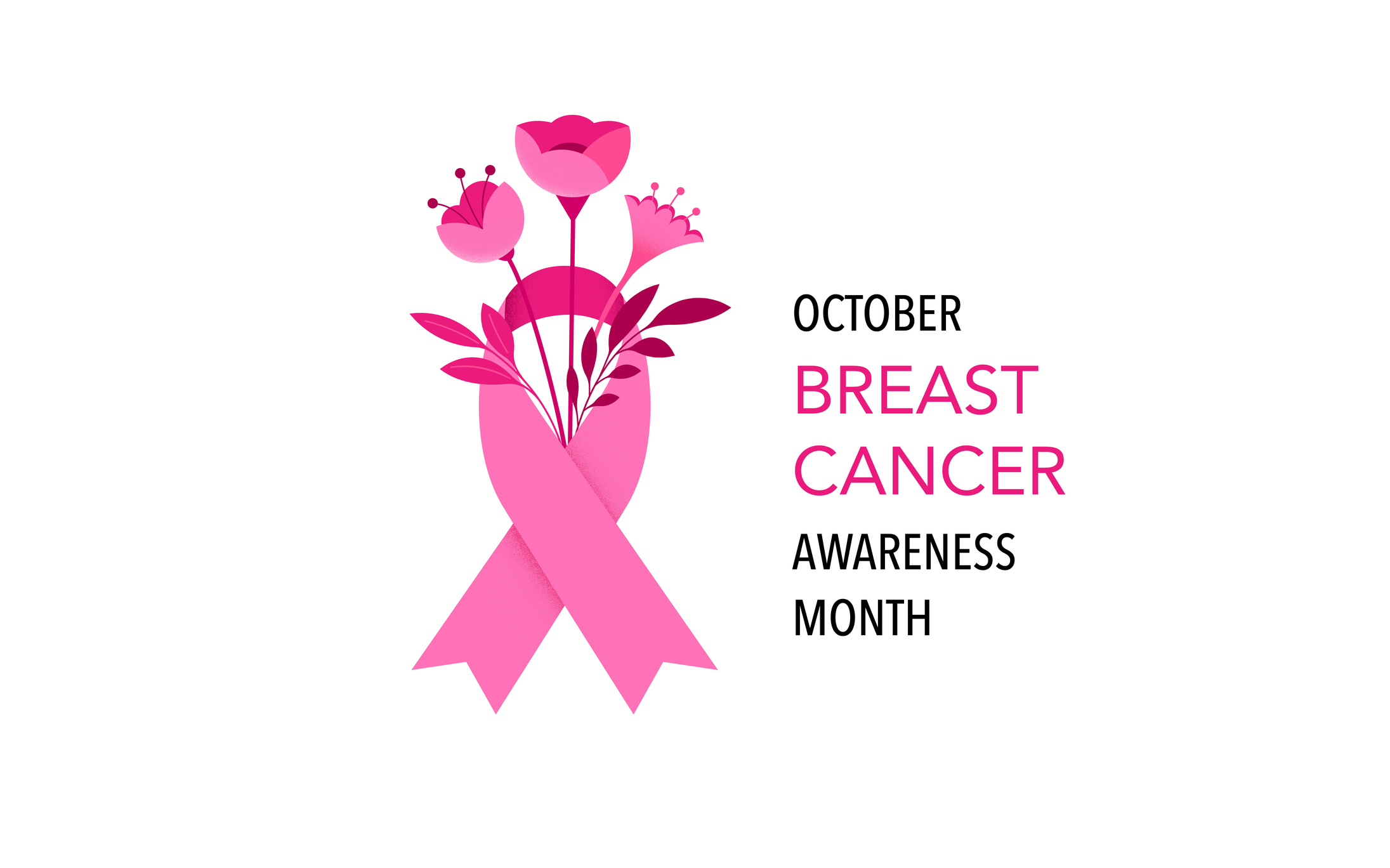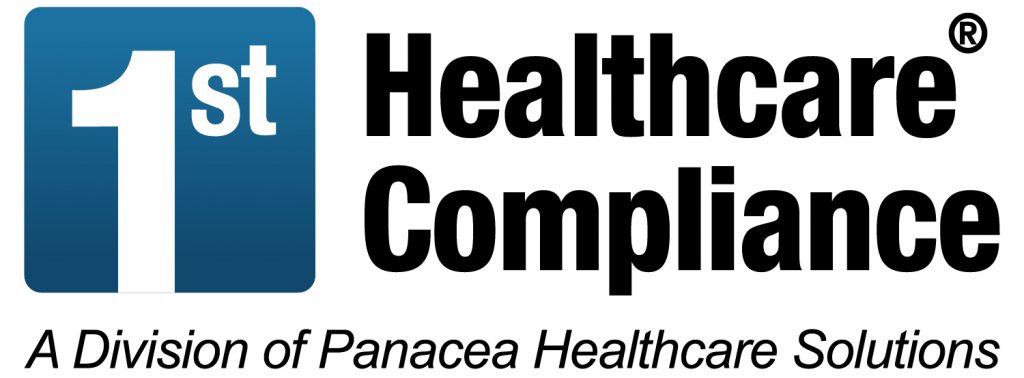Regulatory moves ahead of Breast Cancer Awareness Month
 This article was initially published by Physicians Practice on September 26, 2024.
This article was initially published by Physicians Practice on September 26, 2024.
Most people are aware that October is Breast Cancer Awareness Month. Currently, there are in excess of four million women with a history of breast cancer in the United States – a statistic that includes women who have finished treatment and who are currently in treatment. While breast cancer may occur in men, it is not nearly as prevalent – accounting for less than 1% of all breast cancer cases.
On September 10, 2024, an important Final Rule effective date was realized, which ties back to the Food and Drug Administration (FDA) and U.S. Department of Health and Human Services (HHS) issued a final rule updating the Mammography Quality Standards Act (88 Fed. Reg. 15126 (Mar. 10, 2023)). “The Food and Drug Administration (FDA, Agency, or we) is issuing a final rule to update the mammography regulations that were issued under the Mammography Quality Standards Act of 1992 (MQSA) and the Federal Food, Drug, and Cosmetic Act (FD&C Act).” Id.
For anyone who has read a radiology or ultrasound report, the language, at times, can be difficult to translate into language that could be understood by an average patient. Hence, the importance of the MQSA and the recent effective date of the Final Rule. While there are certain aspects of the Final Rule related to facilities, there are also aspects related to what needs to be relayed to a patient. Specifically, “patient lay summaries” and the communication of the results.
Patient Lay Summaries
- The patient’s name, and the name, address, and telephone number of the facility performing the exam.
- Depending on whether the patient’s breast density is dense or not dense, as indicated by the mammography report, the patient lay summary must include one of the following notification statements:
- Not dense: “Breast tissue can be either dense or not dense. Dense tissue makes it harder to find breast cancer on a mammogram and also raises the risk of developing breast cancer. Your breast tissue is not dense. Talk to your healthcare provider about breast density, risks for breast cancer, and your individual situation.”
- Dense: “Breast tissue can be either dense or not dense. Dense tissue makes it harder to find breast cancer on a mammogram and also raises the risk of developing breast cancer. Your breast tissue is dense. In some people with dense tissue, other imaging tests in addition to a mammogram may help find cancers. Talk to your healthcare provider about breast density, risks for breast cancer, and your individual situation.” (emphasis added).
Communication of Results
When the exam has a final assessment category of “Suspicious” or “Highly Suggestive of Malignancy,” the mammography report is provided to the health care provider and the patient lay summary is provided to the patient within 7 calendar days of the date the mammogram was interpreted. When the exam has an assessment of “Incomplete: Need prior mammograms for comparison,” the facility issued a follow-up report with a final overall assessment within 30 calendar days of the initial report, regardless of whether comparison views are obtained.
For providers, it is time to update patient communications, policies and procedures, and note the retention period of mammograms, all of which should be considered in light of various obligations under the Health Information Privacy and Accountability Act of 1996 (HIPAA). With breast cancer touching the lives of so many, it is a relatable condition. Getting a mammogram as ordered is the first step. Understanding what the outcome is and how to proceed is the second.

